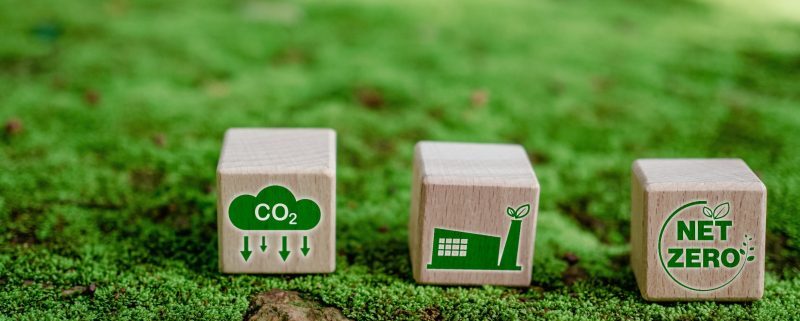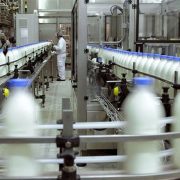EU urged to do more to build carbon removals market
Usinesses remain sceptical that a new EU certification framework for carbon removals is sufficient to generate a self-sustaining market, arguing Brussels must do more to make removing carbon from the atmosphere financially attractive.
EU lawmakers are currently negotiating a regulation aimed at ending greenwashing in the voluntary carbon offsetting sector, which they hope will also stimulate industry investment into the emerging market by giving qualifying carbon removals an EU stamp of approval.
On 24 October, the European Parliament’s environment committee agreed its stance on certifications for carbon removals, a law aimed at ensuring efforts to remove CO2 from the atmosphere are quantifiable and verifiable.
Carbon removals and offset schemes have been plagued by allegations of fraud and double-counting, tainting them as a reputable means of reaching the EU’s goal to slash emissions down to net zero by 2050.
The certification regulation covers natural methods to absorb carbon from the atmosphere, such as restoring forests and the use of carbon-dense materials, such as wood-based construction. It also includes technological means such as bioenergy with carbon capture and storage (BECCS) and Direct Air Capture (DAC) where giant fans suck CO2 directly from the atmosphere.
A vote will take place during the European Parliament’s next plenary sitting, scheduled for 20-23 November, after which the text will become the Parliament’s official negotiating position in discussions with member states to finalise the law.
Emission Trading System
In discussions on making carbon removals financially viable in Europe, the EU’s carbon market, the Emission Trading System (ETS), is seen as a leading option.
The ETS places a price on carbon emissions, forcing businesses covered by the system to surrender an allowance for every tonne of CO2 they emit. The number of carbon allowances is reduced over time, incentivising industry to speed up the decarbonisation process.
However, if carbon removals became cheaper than ETS allowances, businesses would be likely to invest in the option.
Prices for ETS allowances are expected to increase substantially over time, with analysts saying that a 90% emissions reduction target for 2040 – as supported by EU climate chief Wopke Hoekstra – would translate into a price of €400 per tonne of CO2 in the ETS by that date.
















